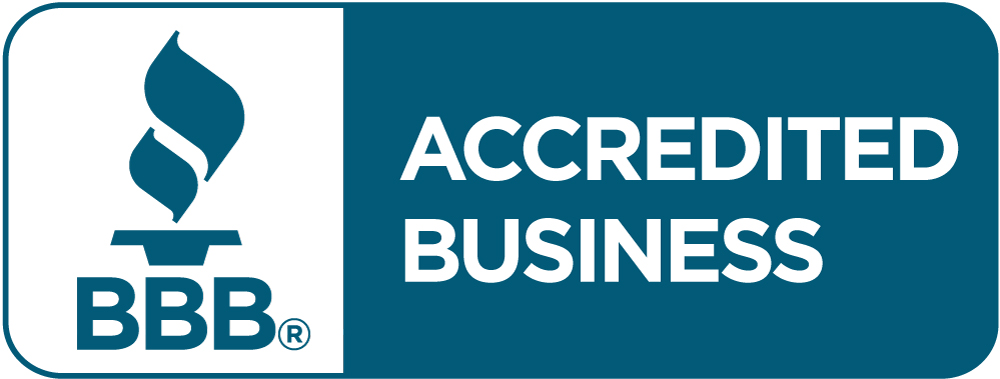Quick Links
ToggleRestaurant inventory management is essential to the day-to-day running of any hospitality business, particularly when it comes to minimizing food waste and better allocating ingredients. Without correct restaurant inventory practices, restaurant owners run the risk of spending too much money on unnecessary stock or running out of vital ingredients altogether.
Thankfully, with an effective restaurant inventory management system in place, you can not only lower your food costs but also improve your bottom line. Here are our top five tips to ensure you get it right, every time.
1. Use an Integrated Inventory Management System
An integrated inventory management system, also known as end-to-end inventory management, is an inventory tracking system that also integrates with your POS (point of sale) and accounting platforms. This all-in-one digital solution can save restaurant owners a lot of manual input, thus reducing time and stress.
These systems allow you to automatically update ingredient costs and lists, as well as upload vendor invoices. Furthermore, many have an alert function that notifies you when a menu item or specific ingredient is running low.
When considering restaurant inventory management software, look for helpful features such as third-party integrations, as well as barcode scanning. These will make recording stock hassle-free and less tiring for staff.
2. Maintain a Consistent Schedule
Inventory management tasks should be carried out on a daily basis, preferably by the same one or two members of staff. Not only does this improve accountability and ensure everyone is on the same page, but it also means spoiled inventory or low stock levels can be acted upon straight away.
For example, if you offer alcohol, you will benefit from checking these stock levels on a nightly basis – particularly as certain nights of the week will see more orders. Additionally, perishable items should be checked every morning before opening.
In terms of larger inventory spot checks, these should be carried out regularly too. Aim for at least once or twice per week to ensure everything is under control. Keep in mind that it’s also recommended to count your stock levels either before or after your restaurant opens, to avoid incorrect results due to open orders.
3. Use Smart Forecasting
We mentioned some of the benefits of integrated restaurant inventory management software earlier. One of these great features is smart forecasting, which uses data from your point of sale system, budgets, sitting inventory, and sales to forecast your future inventory needs.
Because this forecasting is based on real-time and reliable data, it helps you to order the right amount of stock, thus minimizing waste and unnecessary food costs. It can also assist you in predicting and preparing for seasonal fluctuations.
4. Prioritize Organization
When it comes to managing your restaurant inventory, the organization of both your cold and dry food storage areas is key. Grouping products from the same category together, for example, makes locating and counting items much easier. To help staff store products in the right area, utilize labels on shelves detailing where everything goes.
Additionally, if you use an integrated inventory management system, you should make use of the barcode scanning feature for faster and more organized scanning.
5. Focus on Employee Training and Management
A restaurant owner shouldn’t underestimate just how much of an impact their staff has on their inventory – for better or worse. While an employee may think they’re being helpful by giving tables a stack of napkins or extra ketchup packets “just in case”, these habits can negatively affect your bottom line.
Through employee training and effective management, however, you can get staff on board with correct inventory management practices. Along with monitoring front-of-house to ensure orders are being placed correctly, managers should also supervise kitchen staff and address the following questions:
- Is the FIFO (first-in, first-out) method being utilized when putting away incoming inventory orders?
- Are items being labeled and dated when opened?
- Are staff addressing spoilage and kitchen errors by filling out a food waste sheet?
Boosting Your Bottom Line with Additional Funding
Implementing inventory management improvements, such as integrated systems, smart forecasting, or hiring additional staff can be costly. If you’re looking to overhaul your restaurant inventory management practices, yet require additional funds to do so, then small business finance from Zinch can help. We offer both traditional business loans and merchant cash advances. Contact us at (714) 500-6622 to learn more about your options. You could qualify for up to $250,000 in just 24 hours.










